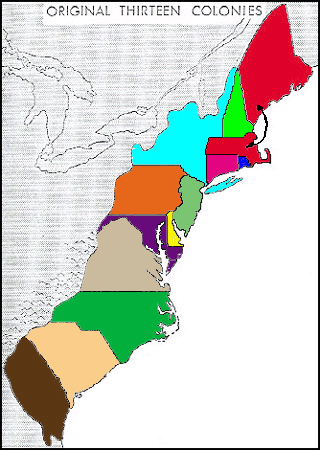
Webquests
What is a webquest?
WebQuests are activities, using Internet resources, which encourage students to usehigher order thinking skills to solve a real messy problem. WebQuests are a sub-set of Problem-Based Learning (PBL).
There are six essential components of a WebQuest that are used to structure the activity and organise students. They are:
1. Introduction
An introduction that draws the learners attention to the topic and inspires them into action. It should contain a hook.
2. Task
A task that is drawn from the introduction and sets out the goal. It is the most important aspect of the WebQuest. There is often a Focus Question that defines the task. The task needs to be based on Problem-Based Learning (PBL) and contain a messy problem to solve.
3. Resources
Resources that are necessary for the task, most of which will be Internet links.
4. Process
A description of the process the learners should go through in solving the messy problem. The process is broken up into clearly described steps and may designate roles or perspectives to the learners. Giving students roles helps them use their emotional intelligence and demonstrates how different people have different views within the community.
5. Evaluation
An evaluation is the guidelines for how students will be assessed. It is usually in a Rubric. Evaluation rubrics come in many forms and rubrics designed by the teacher are the most authentic.
6. Conclusion
A conclusion brings closure to the quest, addresses the answering of the Focus Question, and should challenge the learner to act upon what they have achieved within their local environment.
Now try the following:









